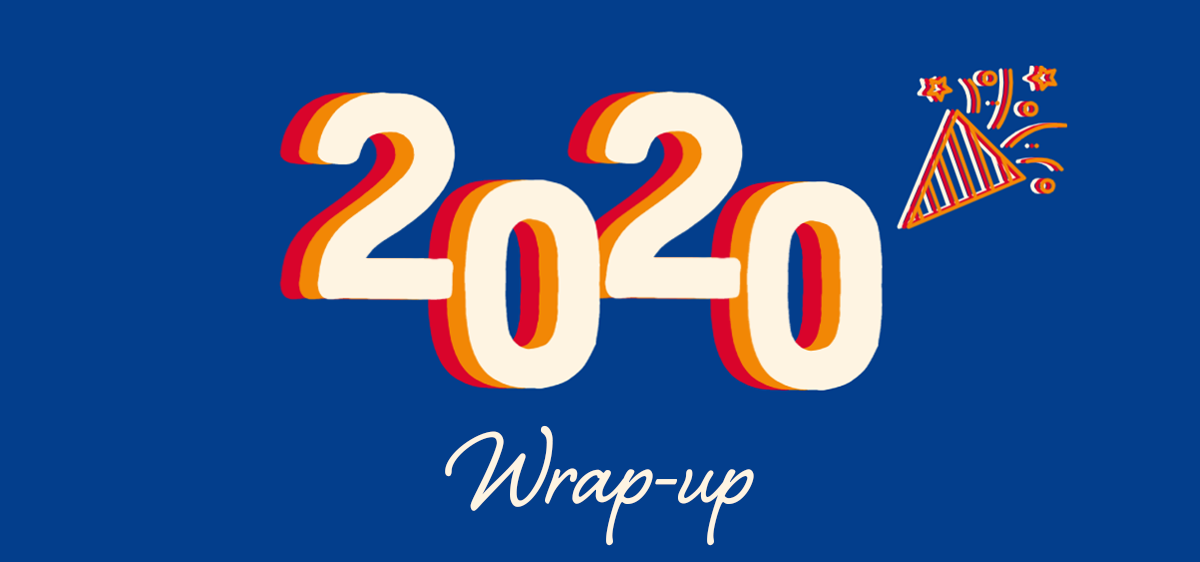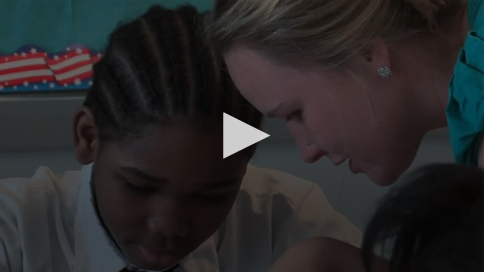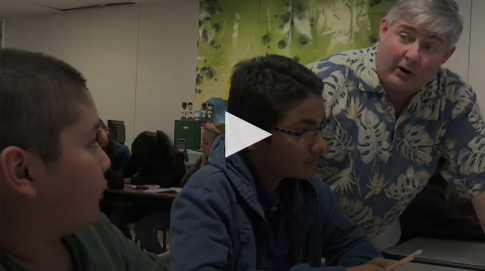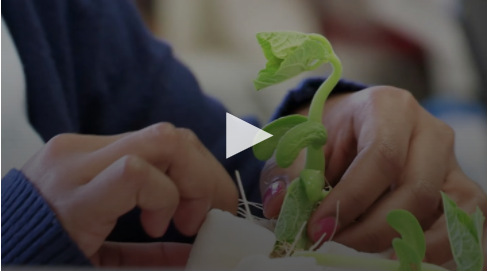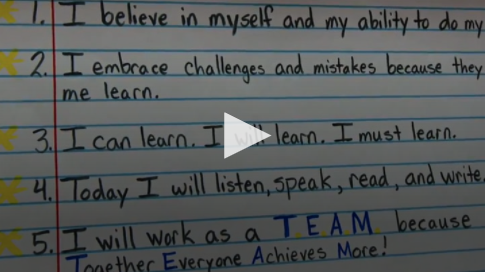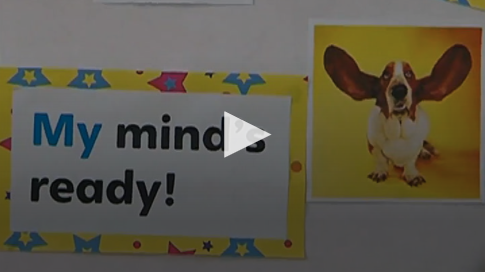Responding to student writing is so tricky, and yet, so critical that Muriel and I decided to focus a bit more on it. For me, conferencing with students as they are writing in class is the most successful way to give immediate feedback. I either walk around and stop at individual student desks or have them come up to my desk individually. You will know what works best for you. I have found that if I mingle with the students, I need to drag a chair or stool with me as it gets difficult to crouch down for four or five hours in a day. (Sometimes all my classes are at the same point in writing.) You might think about that when scheduling your workshop days.
I usually start with "How's it going?" and end with, "So, what will you do next?' As Nancy Atwell, In the Middle, emphasizes, the goal of our conferencing is to get students thinking beyond what they have on the page. How might they expand, cut back, provide emphasis, or explain in order to help their reader understand what they are trying to get across.
In Teaching Adolescent Writers, Kelly Gallagher, when responding to student writing, talks about focusing on two separate areas: craft and editing. I think it is critical that we let students know early on in the year that editing is the last step in their writing. Like me, I'm sure you have had students hung up, sentence by sentence wondering if their words are spelled correctly, if they have commas in the right place and whether or not they have any run-on sentences. Often, this is what peer editing amounts to, unless we show students the difference between editing and craft before we conference with them.
One technique that I've found helpful is to share a draft of my own writing and have students give me feedback. Before we start, I set parameters: they can ask questions, comment on something they don't understand or share what stands out to them in the essay. No editing comments/questions are allowed. This has always been quite popular. Once we understand what "feedback" looks like, I ask several students if I can share their papers anonymously, and we go through the same process.
Once students understand the process, we can break into writers groups in class, and students can get feedback from one or two peers. While the class meets in groups, I walk around, listen in and make comments where needed - particularly as we begin the process. In this way, I am modeling for students how to respond to each other. I mix students with different interests and abilities so that they get to see the variety of writers in our class, and I give them a different task each time they meet depending on our current classroom emphasis. If we are learning about effective thesis statements then that's what they are looking for in their groups.
For me, response groups are intended for writing that ultimately culminates in a finished product. Everyone does not need to be writing to the same prompt (although they could be) but everyone is generally doing the same type of writing. I think it's difficult for students to respond to poetry, argumentative essays and short stories in the same timeframe. So, think about the purpose of your response groups. If the class is focusing on one area of craft then, what students bring to the group should reflect that area.
This is a great time of the year to set up groups. You and your students are familiar with each other and with the online aspect of teaching, it's perfect for sharing something you've written. Once you've set sharing parameters and students understand the concept of feedback, they can go into online groups and screenshare their writing with their groups. You can still "mingle" and share thoughts by joining each group for a minute or two.
Please share your efforts with us! We'd love to know what your class is writing at the moment.

